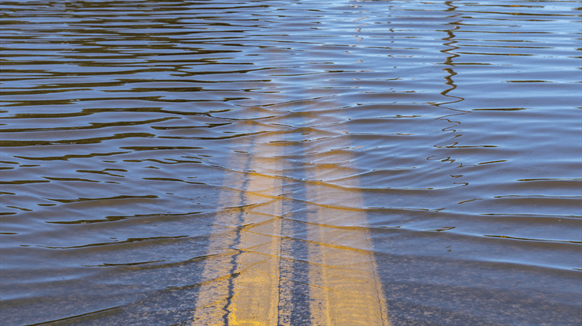In a statement posted on its website Wednesday, the U.S. Environmental Protection Agency (EPA) announced that EPA Administrator Michael Regan issued an emergency fuel waiver “to address a fuel supply emergency in Florida caused by Hurricane Idalia.”
The statement noted that preparations for the storm caused the closure of multiple ports in the state that receive fuel and restricted and disrupted fuel terminal operations, “preventing an adequate supply of gasoline.” In addition, evacuations, including mandatory evacuations, are straining available supplies, the statement noted. Waiver of federal requirements to sell summer gasoline can help address this supply shortage, according to the release.
“EPA and the Department of Energy (DOE) have been actively monitoring the fuel supply,” the EPA said in the statement.
“EPA has concluded, with DOE’s agreement, that it is necessary to waive federal requirements to sell summer gasoline to minimize or avoid disruption of an adequate supply of gasoline to consumers throughout Florida,” he added.
“This exemption applies only to federal fuel regulations. Regulated parties must continue to comply with applicable state or local requirements, or restrictions related to this matter, unless waived by the appropriate authorities,” it continued.
The resignation is effective on August 30, 2023 and will continue until September 15, 2023, the statement revealed.
Federal Clean Air Act regulations require fuel refiners, importers, distributors, resellers, terminal owners and operators, and carriers to switch from selling more volatile winter gasoline to less volatile summer gasoline during the summer months to limit the formation of ozone pollution, according to the EPA statement. pointed out.
To mitigate any impact on air quality, the Clean Air Act provides strict criteria for when fuel exemptions can be granted to help ensure minimal, if any, short-term impacts on air quality. the air, including limiting the exemptions as much as possible in terms of their geographical scope. and the duration, the statement said.
In a report published on its website on Wednesday, the US Energy Information Administration (EIA) highlighted that Hurricane Idalia was affecting production facilities and pipelines on the US Gulf Coast.
The EIA cautioned in the report that hurricane-induced facility closures may have uncertain effects on the retail price of gasoline, adding that the scale of the impact is related to the duration and severity of closures.
A statement posted on the U.S. National Hurricane Center (NHC) website at 7:45 a.m. EDT on Aug. 30 noted that “extremely dangerous Category 3 Hurricane Idalia” had made landfall in the Big Bend in Florida.
“Data from an Air Force Reserve Hurricane Hunter aircraft indicated that Idalia’s maximum sustained winds were near 125 miles per hour,” the statement said.
As of this writing, the NHC site is tracking Idalia as a tropical storm with maximum sustained winds of 60 miles per hour.
As of 5 a.m. EDT on Aug. 30, the hurricane had maximum sustained winds of 130 miles per hour, the NHC site showed. As of 4:00 a.m. EDT on August 30, the hurricane’s maximum sustained winds were 125 mph, as of 2:00 a.m. EDT on August 30, Idalia’s maximum sustained winds they were 120 mph, and as of 11:00 PM EDT on August 29, their maximum sustained winds. it was 110 miles per hour, according to the site.
Florida is the second-largest producer of electricity after Texas, and natural gas fueled about 74 percent of Florida’s total net electricity generation in 2021, according to EIA data last updated in January of 2023.
Crude field production in the state was 2,000 barrels per day in May 2023, the EIA site showed. It stood at 8,000 bpd in May 2004, 39,000 bpd in May 1984, and 116,000 bpd in January 1981, which is where EIA data on Florida field crude production goes back.
To contact the author, please send an email andreas.exarcheas@rigzone.com


